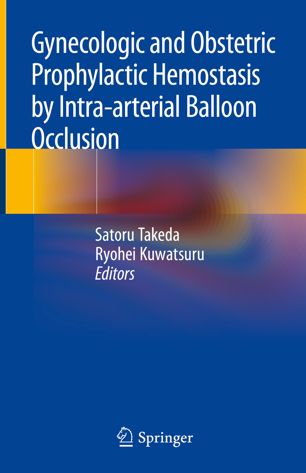

Most ebook files are in PDF format, so you can easily read them using various software such as Foxit Reader or directly on the Google Chrome browser.
Some ebook files are released by publishers in other formats such as .awz, .mobi, .epub, .fb2, etc. You may need to install specific software to read these formats on mobile/PC, such as Calibre.
Please read the tutorial at this link: https://ebookbell.com/faq
We offer FREE conversion to the popular formats you request; however, this may take some time. Therefore, right after payment, please email us, and we will try to provide the service as quickly as possible.
For some exceptional file formats or broken links (if any), please refrain from opening any disputes. Instead, email us first, and we will try to assist within a maximum of 6 hours.
EbookBell Team

4.7
66 reviewsThis book offers a highly informative guide to interventional radiology such as arterial embolization and arterial balloon occlusion for the prevention of massive hemorrhage and management of cervical myomectomy and cesarean hysterectomy.
Recently, catheter intervention for hemostasis in obstetric patients has been increasingly used. Before myomectomy of large cervical leiomyoma or cesarean hysterectomy for placenta percreta with expected massive hemorrhage, a balloon occlusion catheter is inserted into arteries. In cesarean hysterectomy operations, ligation of internal iliac artery is not always effective in hemostasis of uterine bleeding: the success rate is about 40 -60%. Uterine blood flow during pregnancy is much different from that in non-pregnant women because large numbers of complicated collateral arteries develop during pregnancy, especially in patients with placenta previa. If the internal iliac artery and hypogastric artery are ligated, peripheral blood flow is still maintained, which causes intraoperative problems.
The authors argue that effective transcatheter balloon occlusion requires a detailed knowledge of blood flow in both pregnant and non-pregnant women. As such the book provides extensive, detailed anatomical figures and videos offer readers vivid insights into methods of intercepting the uterine blood supply and the surgical methods. The book offers a new and indispensable reference guide for all obstetricians, not only for residents, but also for experienced professionals. It is also a valuable resource for radiologists and radiological technicians and radiology specialists.